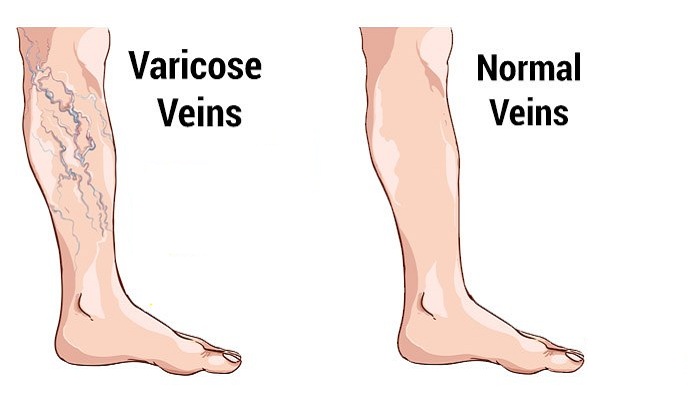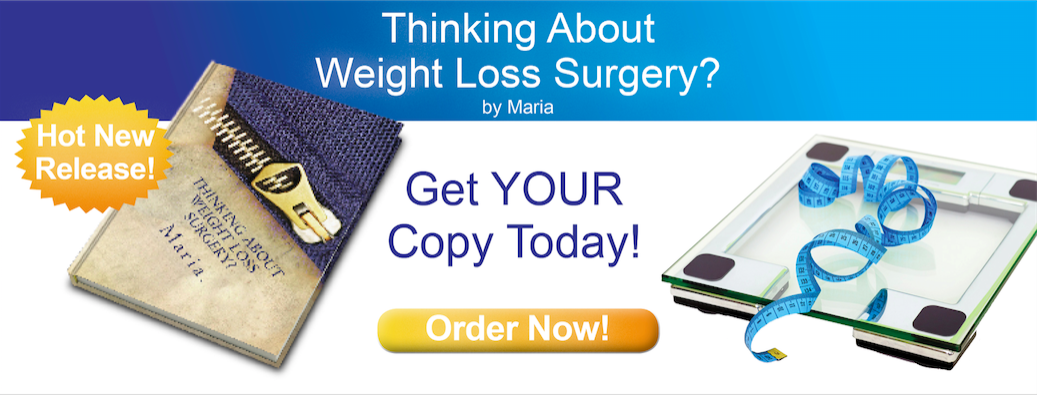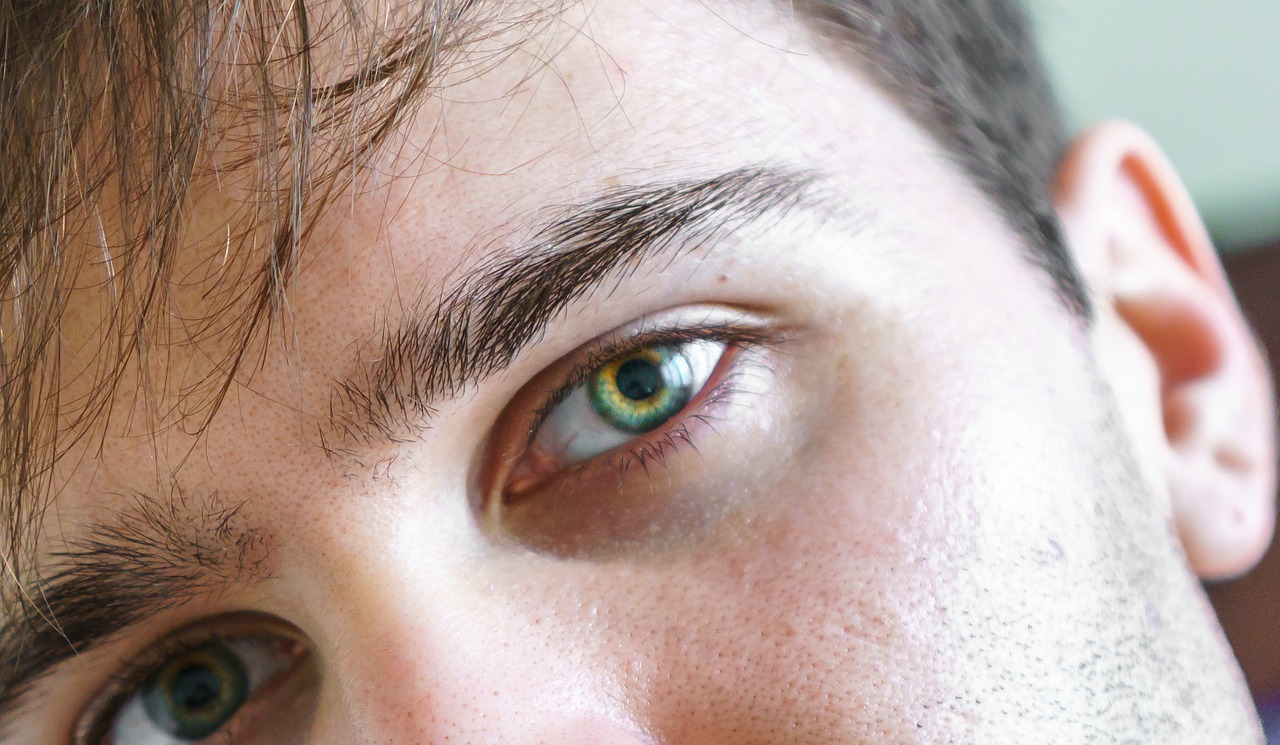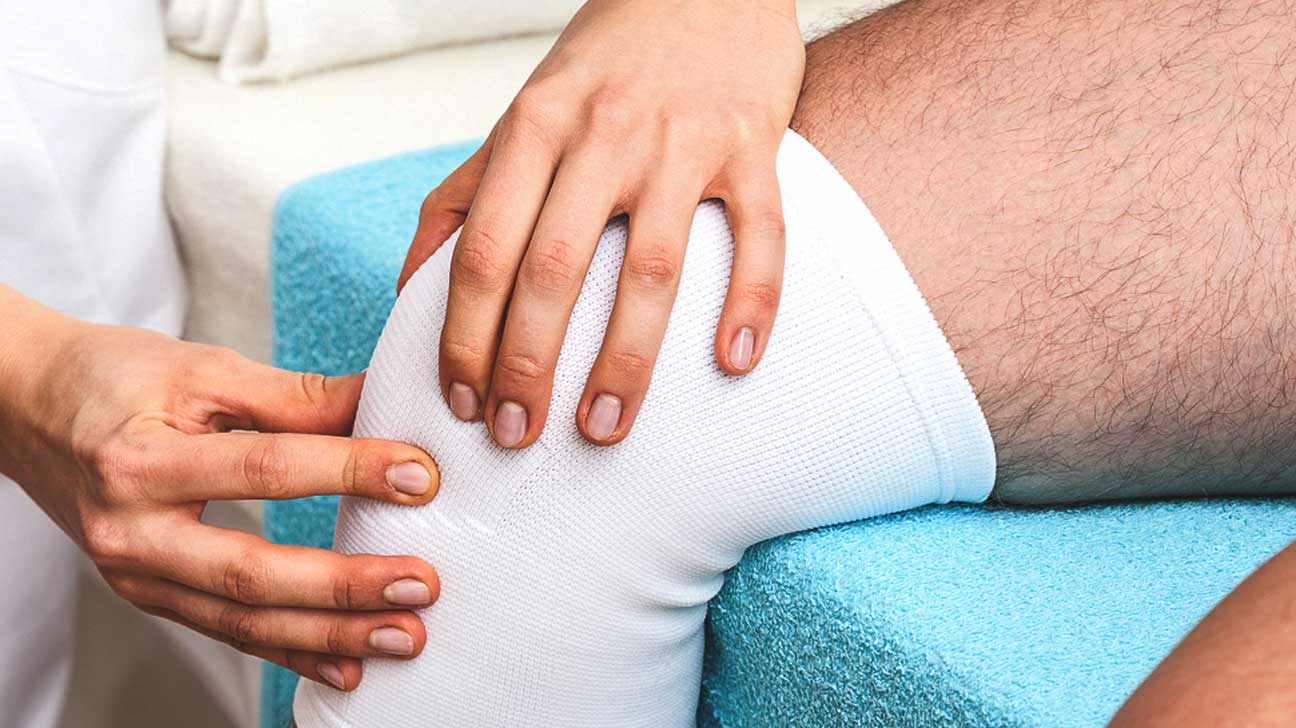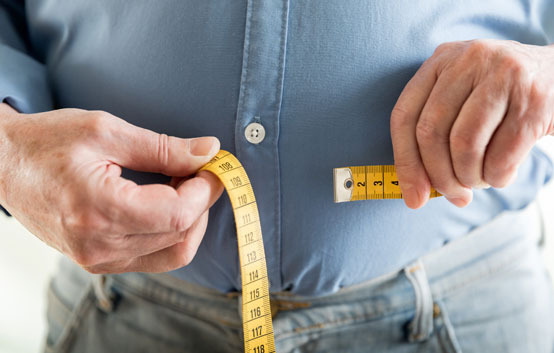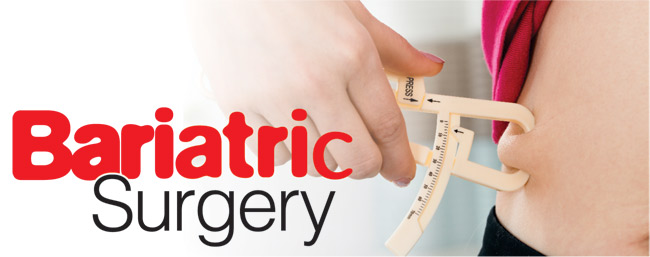In essence, the type of surgery performed to remove soft-tissue and bone cancers in the limbs is called limb salvage surgery. This surgery is also done to avoid amputation.

What are the main aims of limb salvage surgery?
The key aims of limb salvage surgery are the following:
- Remove the cancer
- Avoid amputation
- Preserve the patient’s appearance
- Preserve the highest possible degree of function in the limb that is affected
Otherwise referred to as limb-sparing surgery, limb salvage surgery involves removal of the cancer and at least an inch of the healthy tissue that surrounds it.
Limb-sparing surgery has three stages.
1. Removal of the cancer and a margin of healthy tissue.
- Prosthesis implant or bone graft when needed.
- Closing the wound by transferring muscle or soft tissue from other parts of the body to the surgical site.
Decades ago, the standard treatment route of patients with cancer in the limbs will include amputation of the affected extremity. Fortunately, today, it does not necessarily have to be an option. With dramatic improvements in imaging methods, surgical techniques, and chemotherapy, amputation can now be avoided.
In recent years, limb salvage surgery has also become an option for those patients suffering from chronic degenerative joint and bone diseases like rheumatoid arthritis, those with chronic or acute limb wounds, and those who are likely to undergo diabetic limb amputation.
How does one prepare for limb salvage surgery?
Before treating doctors decide if limb salvage is the best option for the patient, some key factors are taken into account including:
- The type of cancer
- Location and size of the tumor
- Progression of the disease
- The patient’s age
- The patient’s overall health
Once the doctors decide limb salvage would be the best treatment option available, the patient will be provided insight and information as to the possible outcome. Patients will also be informed that in the event of implant failure, additional surgery and even amputation may be an option.
Occupational and physical therapists will prep the patient for surgery by introducing ambulation, range of motion, and muscle-strengthening exercises they need to do after the surgery.
What are the different surgical techniques?
- Soft tissue sarcomas. At least 80 percent of soft tissue sarcomas that affect the extremities are treated with limb salvage surgery. During the surgery, the lymph nodes, tumor, and the cancerous tissues are removed. At least 2.54 cm of the healthy tissues surrounding the tumor is also removed.
- Bone tumor. The malignant lesion and at least a cuff of healthy tissue are removed to treat low-grade bone tumors and its components. In the case of high-grade tumors, the bone, muscles, and other affected tissues are removed.
Chemotherapy and radiation may be administered pre or post operation. Radiation may also be administered during the surgery itself. This is done by using a special application placed against the surface where the tumor will be removed. Tubes with radioactive pellets will be inserted. The tubes stay in place while the operation is ongoing and will be removed after a few days.
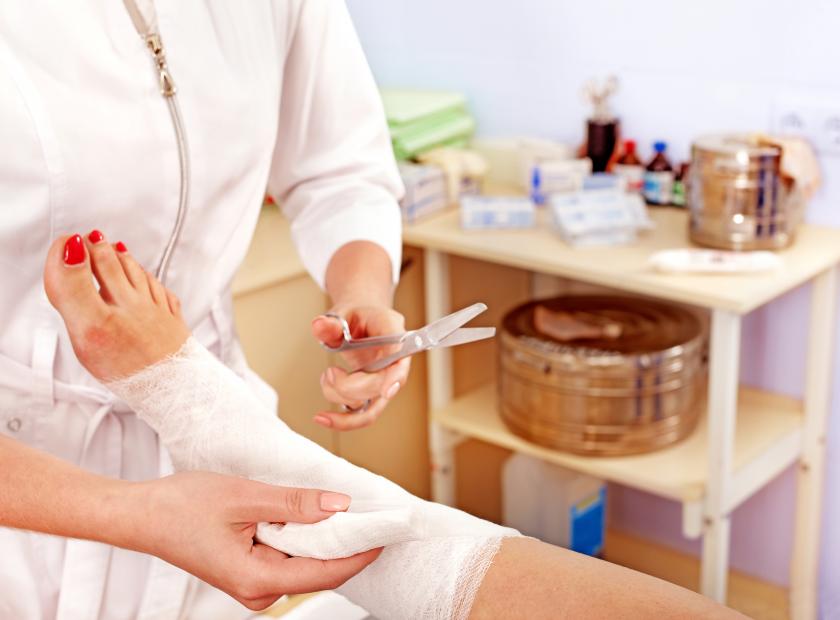
What are expected aftercare routines post surgery?
In the next 5 to 10 days, patients will have to remain in the hospital. Blood flow and sensation in the affected extremity will also be closely monitored. Nurses will also have to check for signs of pulmonary embolism, deep-vein thrombosis, and pneumonia.
Broad-spectrum antibiotics will also be given in the first 48 hours after the surgery. Medication (prophylactic anticoagulants) and antiembolism stockings will also be prescribed to avoid blood clots from forming.
Drainage tube will also be placed in the wound for the first 24 to 48 hours to keep fluid (seroma) and blood (hematoma) from accumulating at the affected site.
Vein Finder

Vein Finder is something that can make the life of a nurse much easier. Giving the injection successfully on the first try requires a lot of luck and skill. Imagine being able to find a vein immediately? This equipment is not only convenient, but is also easy to use.

Carl Clay is a health blog author who has been writing about nutrition, fitness and healthy living for over 10 years. He also loves to run, hike and bike with her wife.


